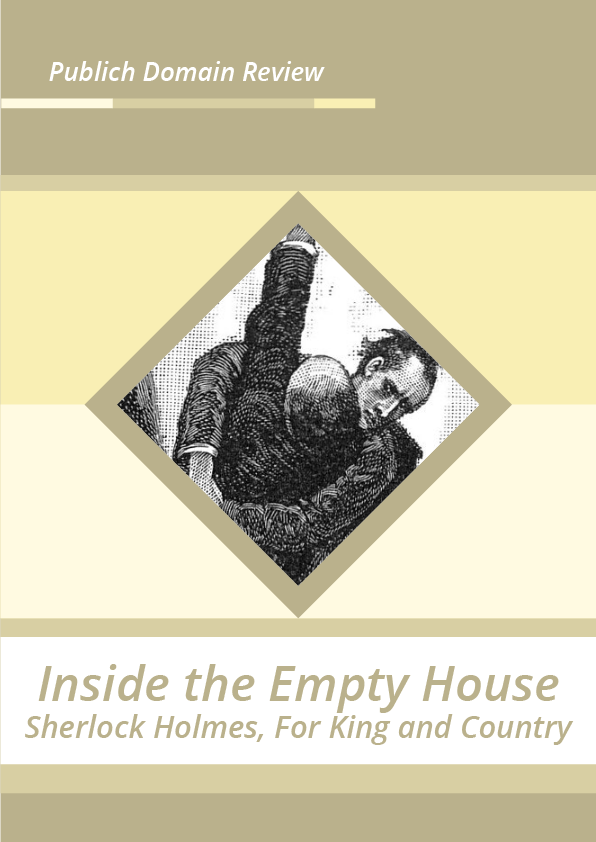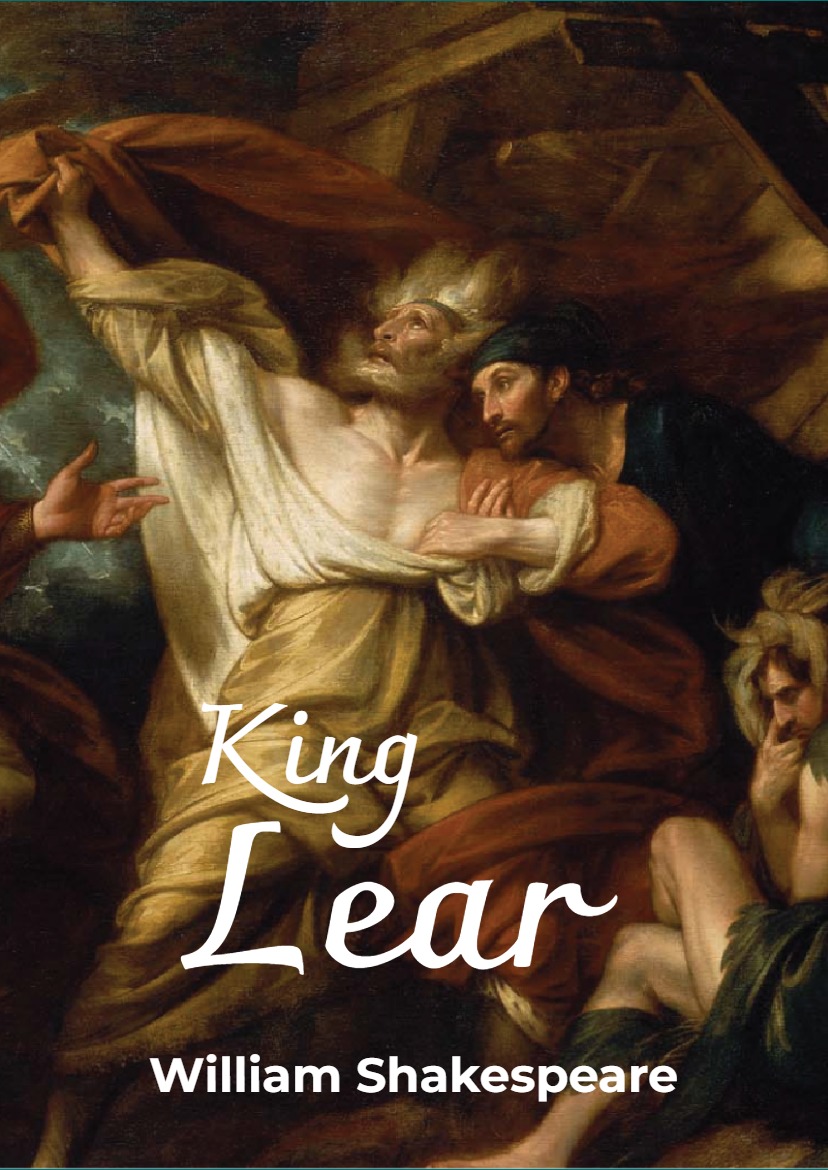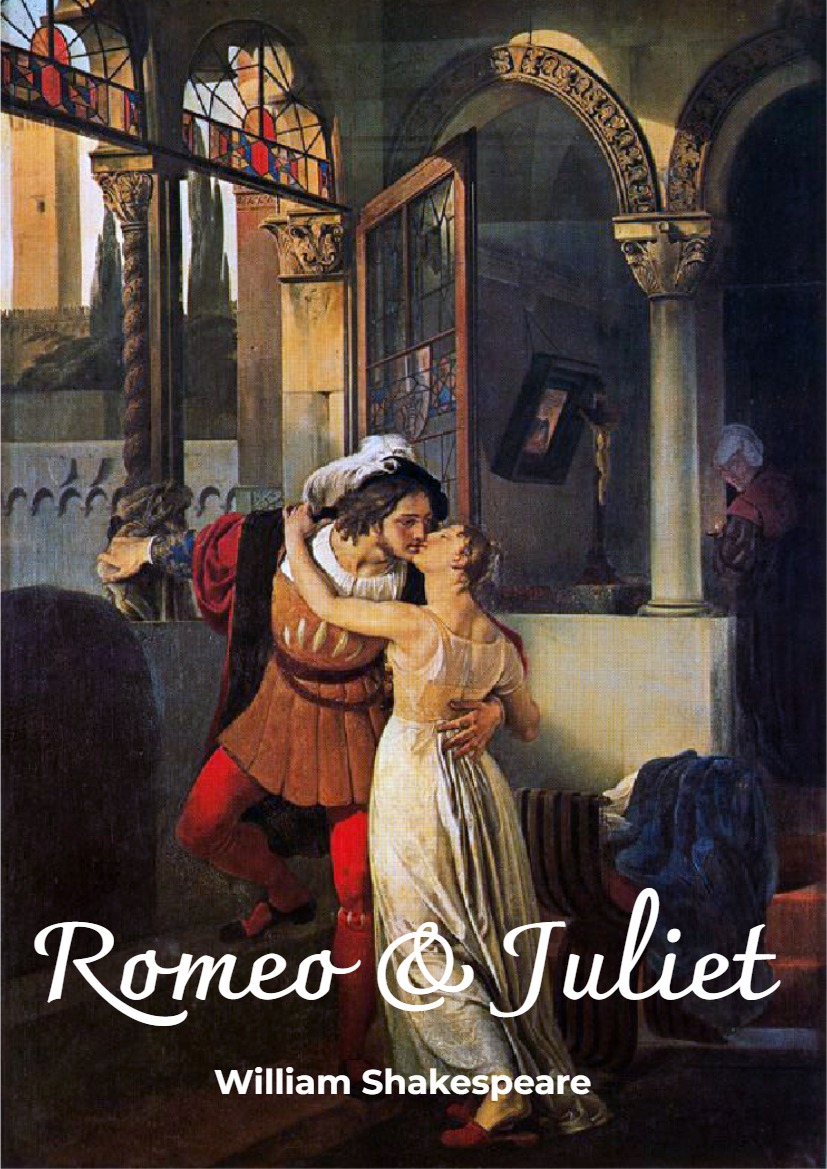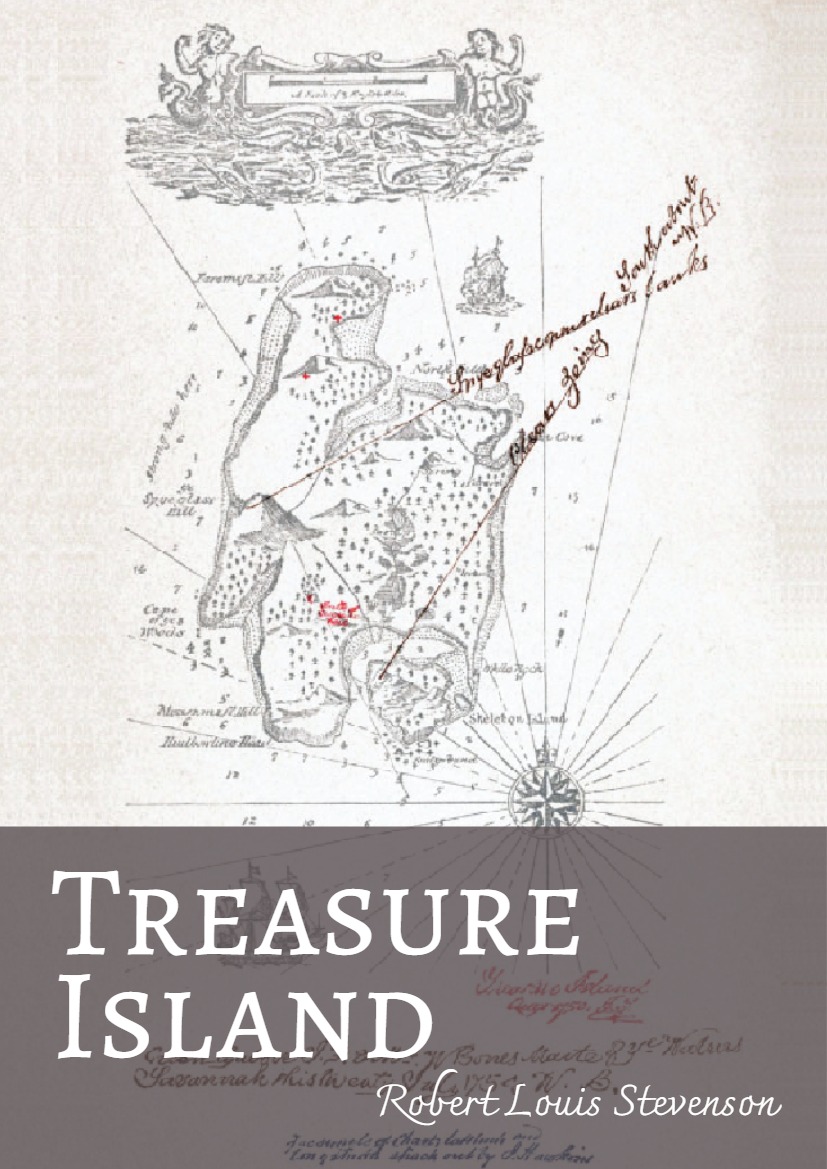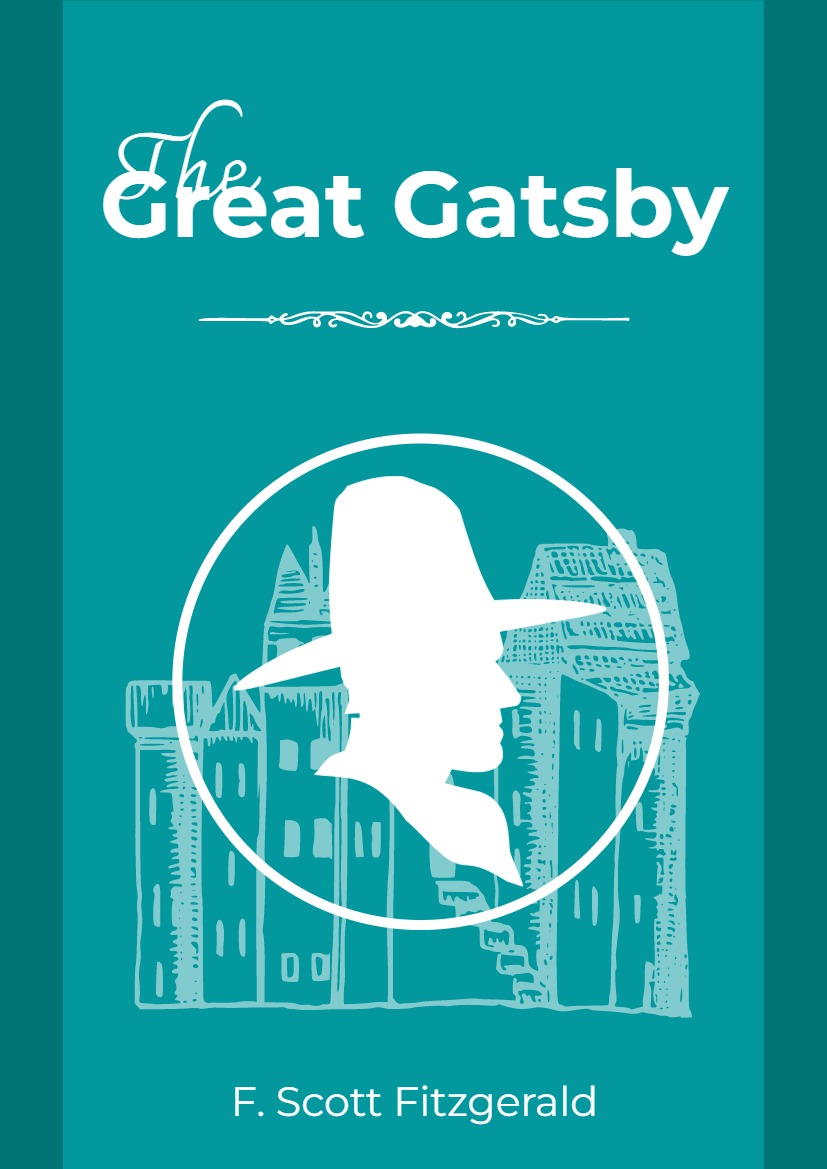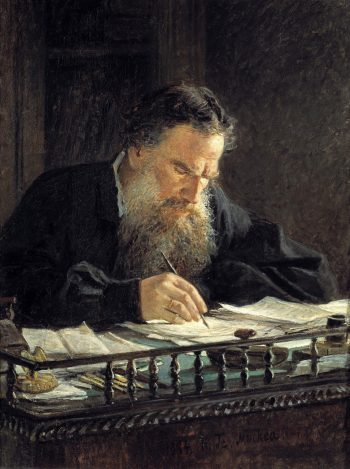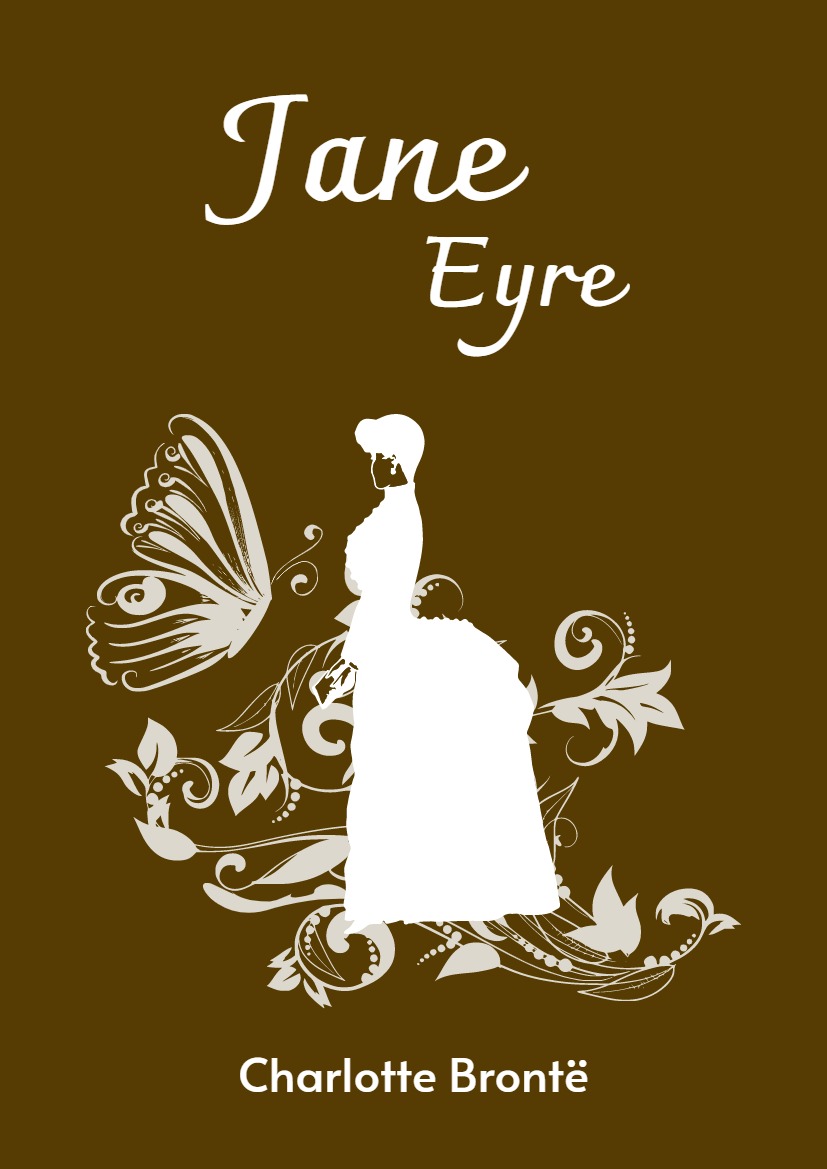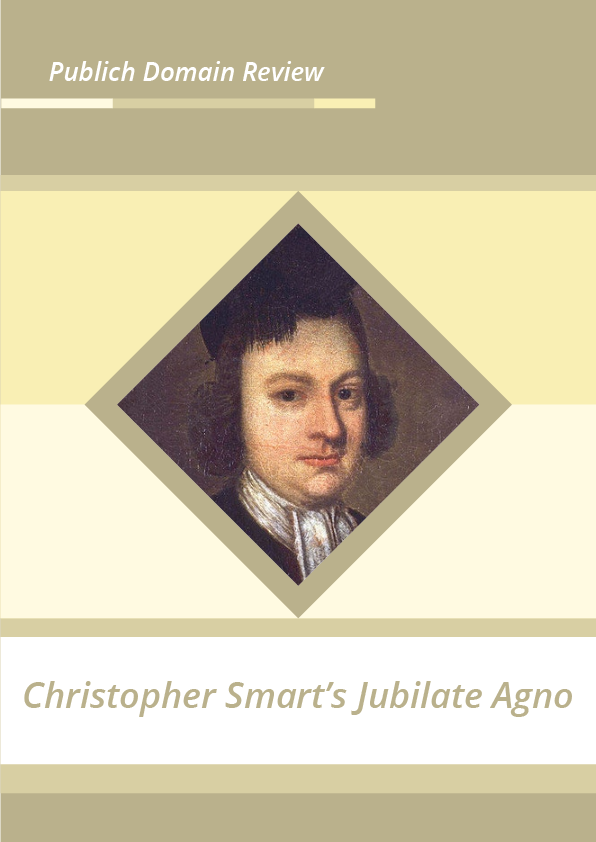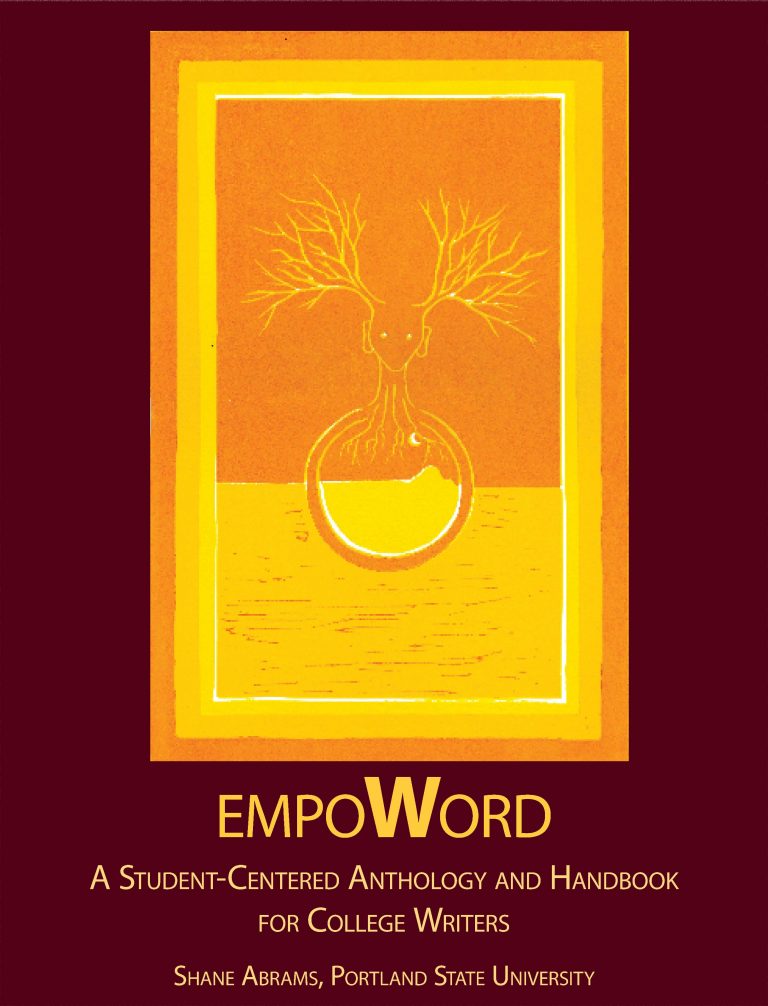As a new series of BBC’s Sherlock revives the great detective after his apparent death, Andrew Glazzard investigates the domestic and imperial subterfuge beneath the surface of Sherlock Holmes’s 1903 return to Baker Street in Conan Doyle’s ‘The Empty House’.
Conan Doyle’s Sherlock Holmes saga has enjoyed — or in some cases suffered – countless reinventions since its original publication from 1887 to 1927. The BBC’s current television version starring Benedict Cumberbatch is perhaps one of the most successful, not least as its scriptwriters combine a deep knowledge of the original with a flair for departing wittily from it: the show’s strategy of allusion, transformation, and up-to-dateness gives it both freshness and familiarity. The new series begins with ‘The Empty Hearse’, its title alluding playfully to Conan Doyle’s 1903 story ‘The Empty House’ in which Holmes returns from apparent death at the hands of Professor Moriarty in Switzerland.
Conan Doyle’s saga is particularly suited to this kind of treatment: the fan-critics who call themselves “Sherlockians” pore over the details of Dr John Watson’s narratives (known in the trade as “the Canon”), looking for clues, contradictions, and anomalies; they construct often conspiratorial alternative explanations of events, uncover Conan Doyle’s (or Watson’s) apparent errors, and cross-reference the stories with encyclopaedic scholarship. So, while Conan Doyle is often seen as a fairly transparent writer, eschewing complexity, technical innovation, and challenges to orthodox ideology in favour of elegant myth-making, the industriousness of the Sherlockians shows that the simplicity of these stories is often deceptive: in a story such as ‘The Empty House’, a great deal of important information is left unsaid or hinted at. Recovering those subtexts through careful reading and a knowledge of what else was going on at the time can help to show Holmes and his creator in a new light.
‘The Empty House’ weaves together two narratives, a murder mystery and the story of Holmes’s return to London, three years after his apparent death in Switzerland in 1891. Reunited with his old friend and chronicler Dr Watson, Holmes recounts the story of his escape at the Reichenbach Falls followed by an extraordinary and exotic odyssey:
I travelled for two years in Tibet, therefore, and amused myself by visiting Lhassa, and spending some days with the head lama. You may have read of the remarkable explorations of a Norwegian named Sigerson, but I am sure that it never occurred to you that you were receiving news of your friend. I then passed through Persia, looked in at Mecca, and paid a short but interesting visit to the Khalifa at Khartoum the results of which I have communicated to the Foreign Office.
These three sentences contain a wealth of allusions to imperial exploration and conquest. ‘Sigerson’ is perhaps an allusion to the Swedish explorer Sven Hedin, whose groundbreaking explorations of Central Asia and the Tibetan plateau – his findings first published in a British and American edition in 1903 – had begun to excite interest and admiration. But it was another explorer of Tibet who was really making the headlines, and which alerts us to the imperialist sub-text of the story. By 1903, Francis Younghusband’s “expedition” to Tibet was in full swing. He entered the country in December 1903 with a force of 10,000 and reached Lhasa in August 1904: it was an invasion in all but name, the final episode in what Kipling dubbed “the Great Game” in which Britain and Russia fought a cold war for control of the Asian lands that lay between their two empires. Holmes’s presence in Lhasa in the 1890s disguised as Sigerson was more likely to be read as groundwork for Younghusband’s invasion than disinterested exploration or an extreme method of lying low.
A “Great Game” explanation may lie behind Holmes’s time in Persia, another object of intense Anglo-Russian competition: Russia’s increasing economic involvement with the Shah’s regime at the turn of the century was viewed with alarm in Whitehall and Calcutta as a threat to the frontiers of British India. Mecca, the next port of call, would have required Holmes (who presumably had not converted to Islam) to adopt one of his famous disguises, as the British explorer and diplomat Sir Richard Burton had done during his expedition in 1853. And Holmes’s talent for disguise would most certainly have been required at his next destination: as he makes clear, Khartoum (or more strictly the neighbouring city of Omdurman) was in the 1890s under the control of ‘Abdallahi, the Khalifa, successor to Mohammed Ahmed, the Mahdi.
